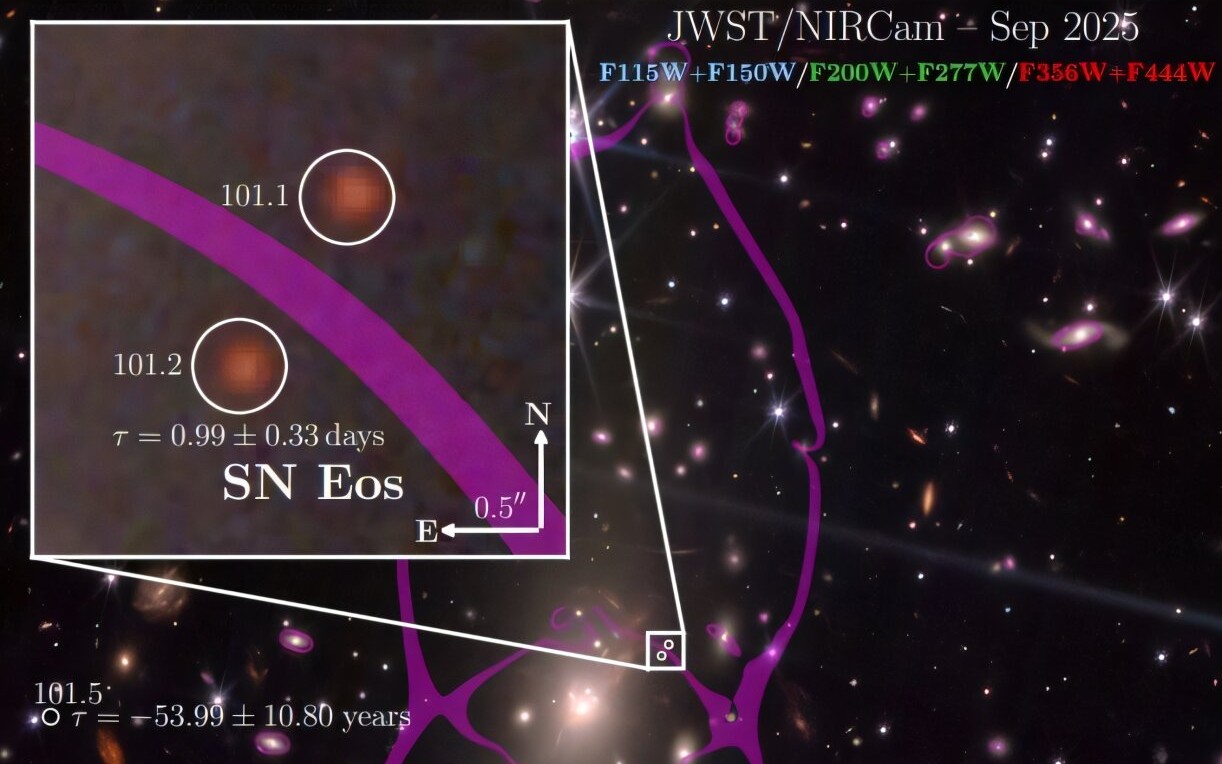
Photos: The Tornado Damage Scale In Images
EF-0 (65 to 85 mph winds)

Tornadoes are rated by the havoc they inflict, on a scale of 1 to 5. But to fully comprehend this scale, you have to see the aftermath.
After a tornado is reported, the National Weather Service deploys storm survey teams to analyze the damage. The teams analyze the damage and calculate the wind speeds necessary for the destruction.
The lowest tornado rating, EF-0, is reserved for minor damage. Above, an EF-0 tornado peeled back parts of the roof on a chicken barn in Ringgold, Georgia.
EF-0 (65 to 85 mph winds)

EF-0 twisters can destroy small, poorly built structures, like the garage pictured above. These weak tornadoes usually cause only light damage to well-built homes. They may peel back gutters or siding, snap branches or uproot shallow-rooted trees.
EF-1 (86 to 110 mph winds)
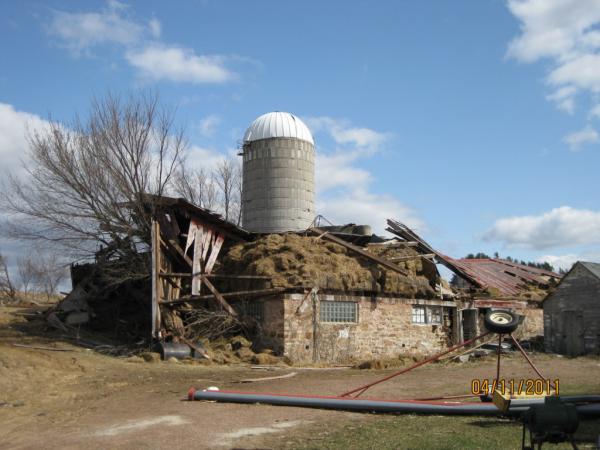
Twisters of the second-lowest rating can still wreck smaller structures, like the barn pictured above. Typically, EF-1 twisters strip away roofs, flip mobile homes, blow off doors and shatter windows.
EF-1 (86 to 110 mph winds)
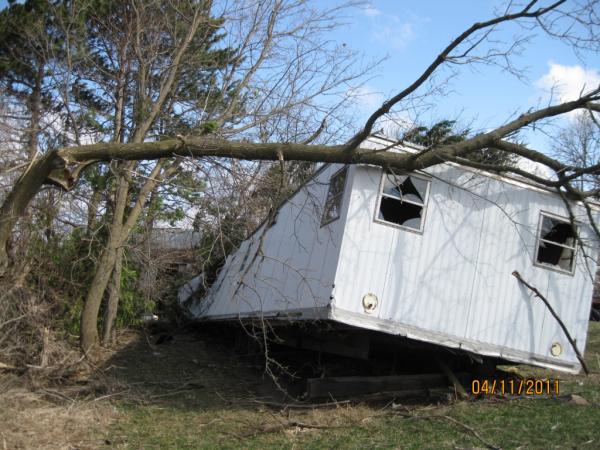
Smaller twisters like EF-1 tornadoes can still be deadly. It doesn't take much to flip over a mobile home, and these manufactured homes become death traps during tornadoes. Trees can crash through them or the homes can roll and pin people underneath.
The widespread use of manufactured homes in Dixie Alley , the name for the tornado-prone Southeast United States, is one reason that the region has a high number of tornado-related deaths.
EF-2 (111 to 135 mph winds)

EF-2 tornadoes are when things get serious. These strong storms can tear the roof off a house, shift a house's foundation, snap large trees, lift cars off the ground and shoot boards like missiles.
EF-3 (136 to 165 mph winds)
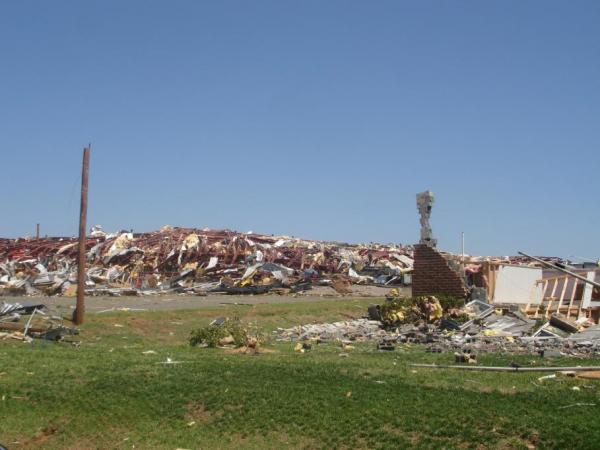
An EF-3 tornado is strong enough to destroy entire stories of well-constructed houses, knock over trains, rip the bark from trees and toss heavy cars.
North Carolina's capital was recently hit with an EF-3 tornado. The twister ripped through 63 miles (101 kilometers) of Raleigh, killing five people. The strong storm leveled a warehouse, leaving behind a pile of rubble.
EF-4 (166 to 200 mph winds)

EF-4 tornadoes are strong enough to level sturdy houses, and rocket cars and other large objects.
On April 22, an EF-4 tornado hit the St. Louis area, leaving destroyed houses in its wake.
Get the world’s most fascinating discoveries delivered straight to your inbox.
EF-4 (166 to 200 mph winds)
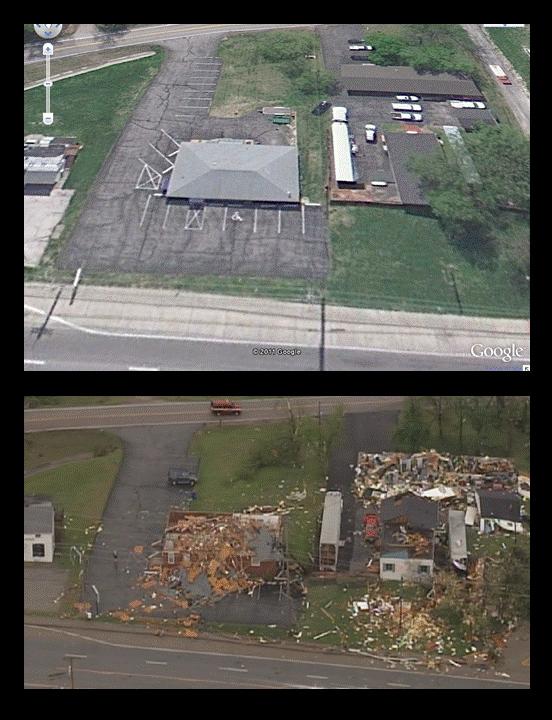
The 2011 St. Louis EF-4 tornado traveled 22 miles (35 kilometers). As it strengthened, it shredded the roof of a crowded airport terminal. Remarkably, no one was killed by the massive twister.
EF-5 (over 200 mph winds)
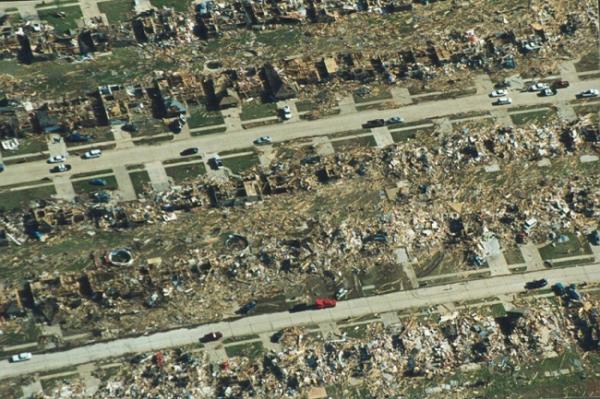
EF-5 tornadoes are the most powerful, and thankfully, the least common. These twisters are strong enough to blow away big houses and collapse tall buildings.
On May 3, 1999, an EF-5 tornado brought near total devastation to Moore, Okla.
EF-5 (over 200 mph winds)

Tiny Greensburg, Kan., home to about 800 people, was hit by one of the largest tornadoes in recent memory. The colossal twister leveled at least 95 percent of the city and killed 12 people.
 Live Science Plus
Live Science Plus





